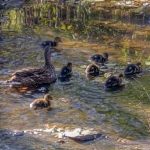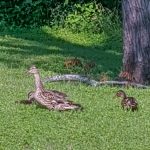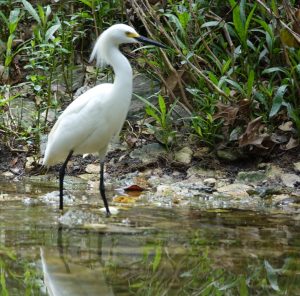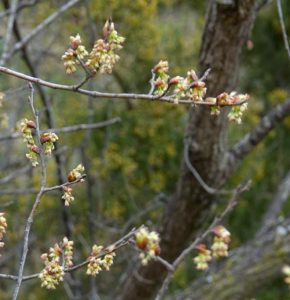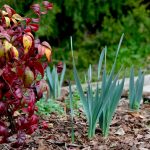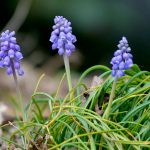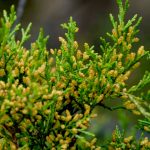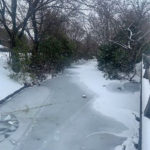 Early Spring has a subdued appearance this year. That shrubs and small trees along the creek suffered freeze damage is no surprise – that many of the native varieties appear to have weathered the storm is reassuring (thanks to Mitch Deshotels for this photo).
Early Spring has a subdued appearance this year. That shrubs and small trees along the creek suffered freeze damage is no surprise – that many of the native varieties appear to have weathered the storm is reassuring (thanks to Mitch Deshotels for this photo).Early Spring
 Early Spring has a subdued appearance this year. That shrubs and small trees along the creek suffered freeze damage is no surprise – that many of the native varieties appear to have weathered the storm is reassuring (thanks to Mitch Deshotels for this photo).
Early Spring has a subdued appearance this year. That shrubs and small trees along the creek suffered freeze damage is no surprise – that many of the native varieties appear to have weathered the storm is reassuring (thanks to Mitch Deshotels for this photo).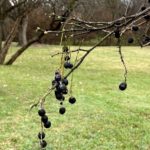
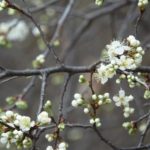
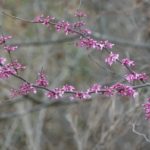
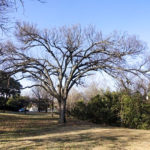
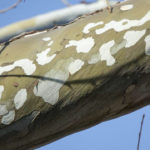
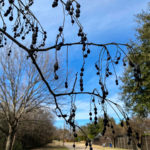
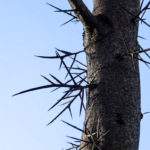
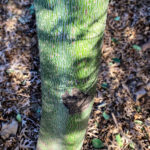
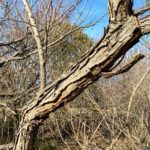
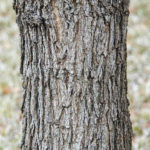
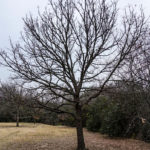
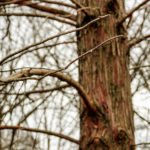
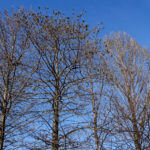
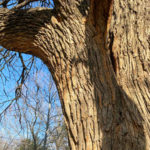
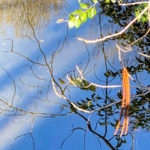
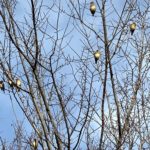
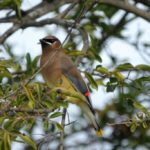
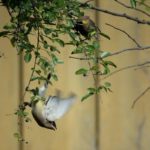
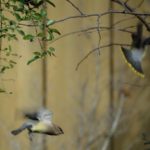
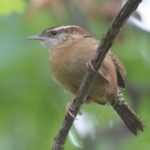
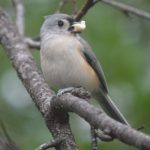
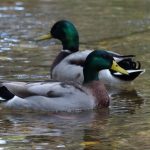
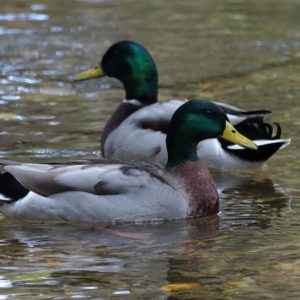
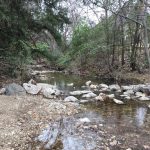

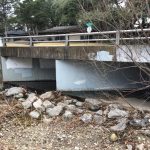
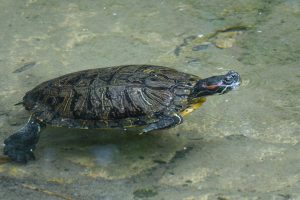 With the arrival of August’s 100-degree days, and little rain in the forecast, the possibility of a dry spell for the creek and its inhabitants increases daily.
With the arrival of August’s 100-degree days, and little rain in the forecast, the possibility of a dry spell for the creek and its inhabitants increases daily.